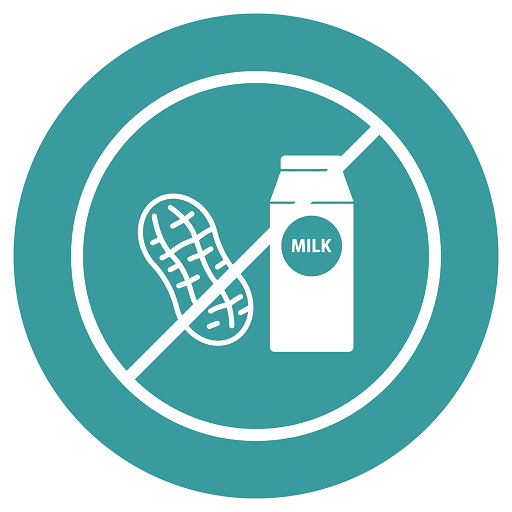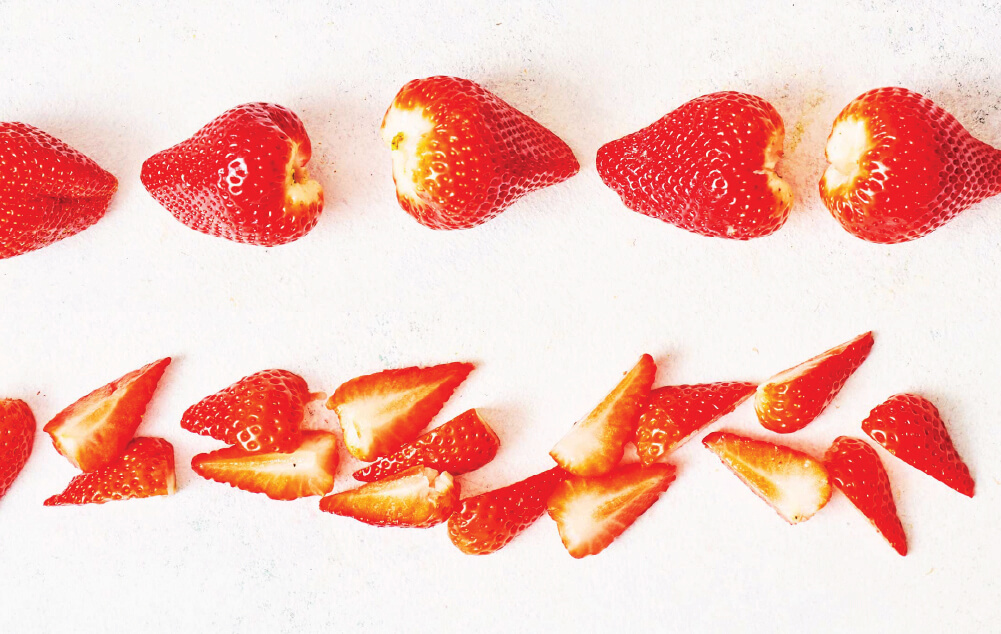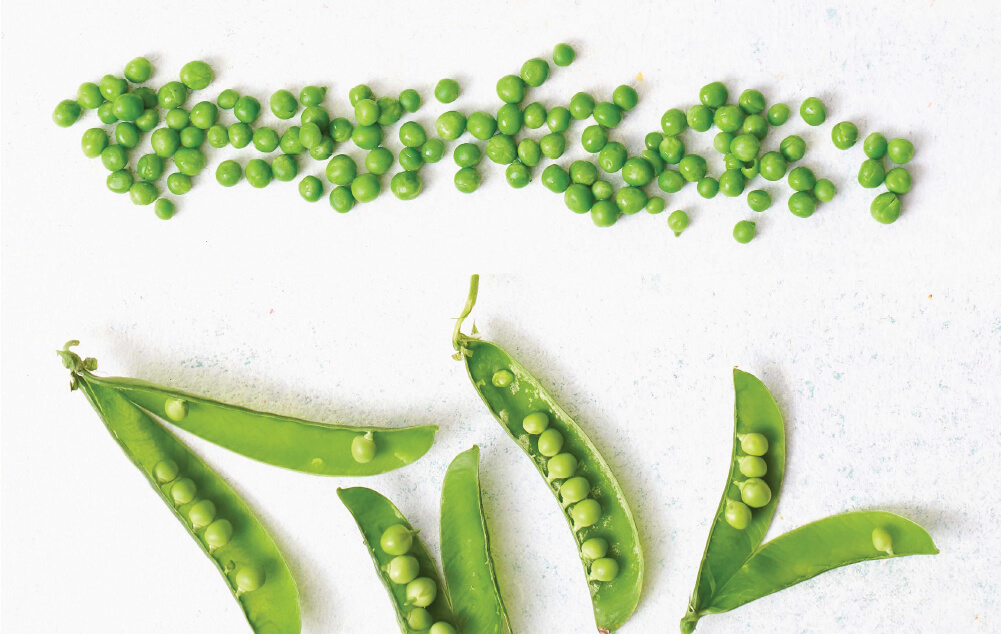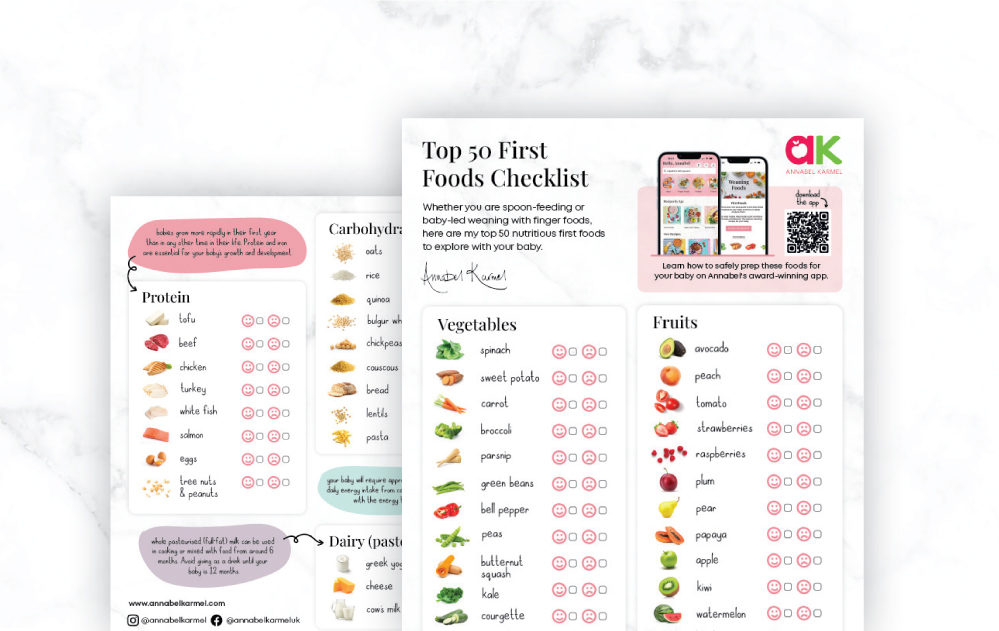Let’s address the most common breastfeeding myths and set the record straight. After all, there’s so much conflicting information and advice out there, and parenting is complicated enough without the added challenges of incorrect advice.
The most important indications that things are flowing well are steady weight gain in combination with regular wet and poopy nappies. If they are meeting their developmental and physical milestones then you have nothing to worry about.
The following are NOT indicators of low milk supply:
- Baby is constantly on the breast
- Baby cluster-feeds all evening and night
- Baby seems fussy on the breast
- Your breasts feel soft and not full anymore
- You don’t feel or never have felt a let-down sensation
- Baby suckles endlessly
- Baby changes sleeping patterns and wakes up more frequently
Babies go to the breast for lots of different reasons and any of the above behaviours are not indications of a lack of milk.
Wrong! Breastmilk covers babies’ nutritional needs perfectly. Sleeping through the night is a developmental milestone that every baby reaches in their own time. Filling baby up does not mean a full night sleep.
A full baby doesn’t mean a sleeping baby! Formula fed babies can wake up just as many times as breastfed babies. It is absolutely normal for babies to wake up many times during the night to top up on food or even for comfort during the first year of life and far beyond that
Breastmilk is an ever changing always adapting nutrients super food that covers all of your babies needs and far beyond that. It will cover age appropriate needs and offers antibodies to protect baby and help build a strong immune system. Breastmilk never loses its nutritional value.
There is absolutely nothing wrong with letting baby comfort feed as it builds up a great milk supply, helps baby lowering the heart beat and create a calm and content sleep environment and sleep association for baby. And never forget a pacifier is to replace YOU the comfort and closeness YOU offer. It is natural and normal to be close.
Actually, some baby’s find it difficult to master the skill of a good latch introduced to a bottle too early in their breastfeeding journey. It is recommended to establish breastfeeding first before introducing a bottle as the suckling mechanism of breast and bottle varies greatly and perhaps leads to nipple confusion.
Offering the breast on demand also offers baby the chance to suckle for comfort, not only is this practice important to establish a great milk supply it also helps oral development, and provides ultimate comfort for all different moods your baby could be in like being frightened, in pain, feeling lonely, sad, anxious etc. Plus it is a temporary phase that many breastfeeding babies will outgrow so you won’t be doing this forever.
The main causes for bad milk supply are an insufficient latch, difficulties draining the breast completely and poor positioning. The body will provide the best nutrition to the child regardless of the state the mother is in, whilst she might be suffering from malnutrition or tiredness her baby will still receive all the benefits from breastmilk. Milk supply is mostly inflicted by frequent feeding as good positioning and attachment.
The most important principle is to feed on demand and practice responsive feeding whereby you look out for baby’s feeding cues and offer the breast. Letting the breast fill up will lead to slowing down milk production as well as forcing a schedule onto a baby. Which can severely impact your overall milk supply.
Boobs of a breastfeeding mother can never be empty. Babies drink on average 70-80% of your breastmilk. And whilst feeding you are already making more. Clever hey!
Your breasts are not passive storage contains of milk but milk factories that continue to produce as milk is being removed. Breasts that feel soft do not indicate a lack of milk in them.
It’s is much better to let baby decided to feed for as long and as often as it may want.
From the moment and even before baby is born you produce milk. In the early days it is called colostrum and is a much thicker milk which is perfectly adequate for baby’s little tummy. Milk only changes when they call it your milk “comes in” – but really due to stimulating the breast with babies suckling motion your milk will change and become more milk like which is a transition not a switching or coming in process. It is best to refer to it as milk transitioning to avoid pressures and misconceptions about milk.
Babies need to feed on demand. When you pick up feeding cues of baby being hungry you should offer your boobs this helps to get a great milk supply.
It is perfectly fine to give one breast and next feeding session the other side. If baby is latching of naturally and does not seem interest in the other side you do not need to offer it. It is more important to let baby finish naturally then take baby off.
Having plenty of wet or dirt nappies in combination with regular weight gain as well as reaching milestones and outgrowing clothing and diapers are definitely indicators that your baby is doing fine breastfeeding
This couldn’t be further from the trust, the size of the breasts do not matter at all when it comes to breastfeeding. Milk production is down to picking up on babies feeding cues and regular feedings.
Visit @milkmakingmama for more advice and support.



























